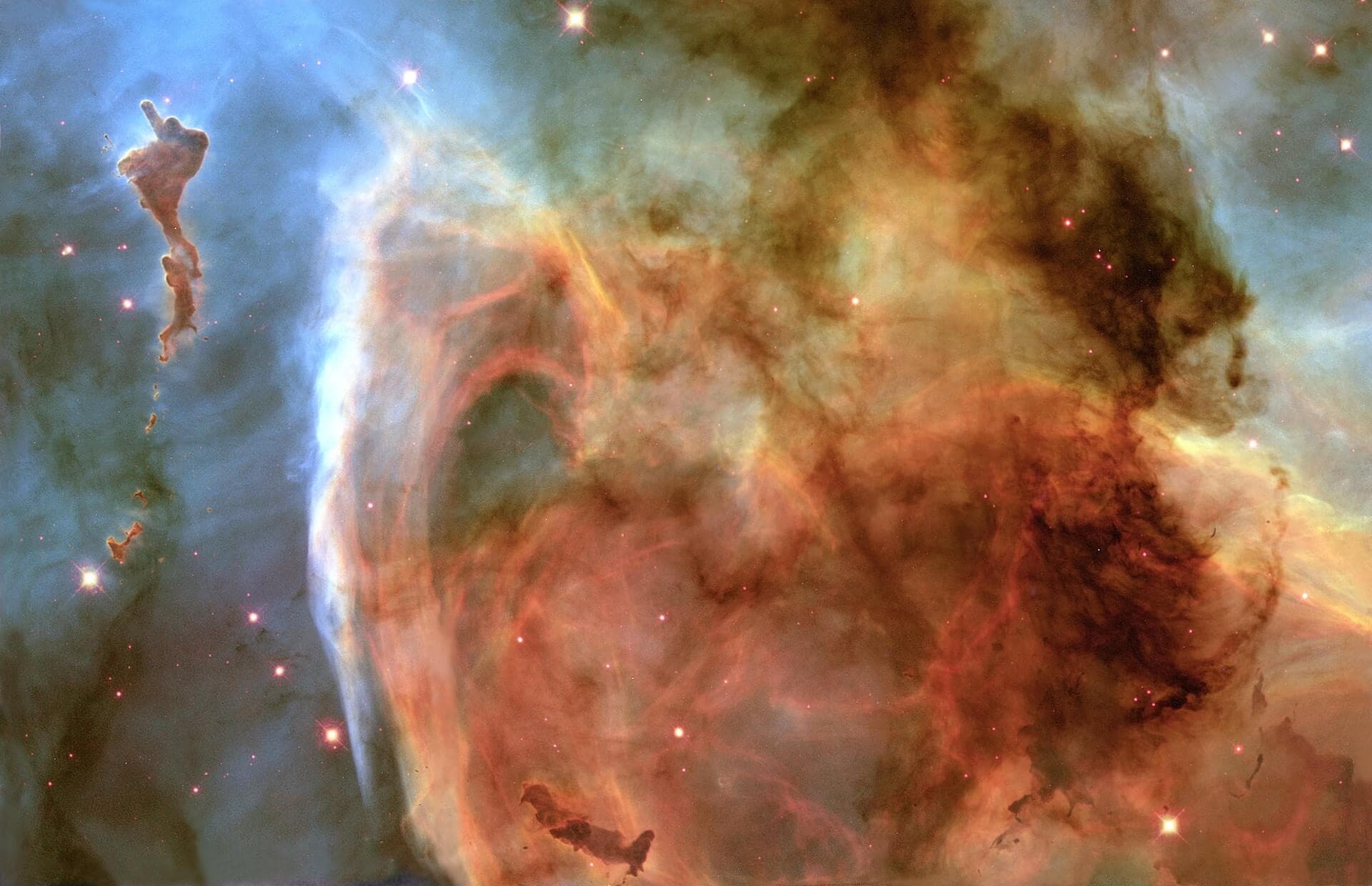I always enjoy the chance to apply my skills across various fields. In recent months, I’ve dedicated a significant amount of my resources to deepening my understanding of LLMs and AI. This has led me to realise the potential application of these technologies in the field of astronomy.
Specifically, I’ve been intrigued by numerical calculations. Take, for instance, the task of determining the evolution of asteroid orbits in the main belt, located between Mars and Jupiter. This task, due to the hundreds of thousands of asteroids involved, requires substantial computational resources. Even when calculating over a short timescale (e.g., 100,000 years), a single asteroid’s trajectory would take a few minutes to compute on a MacBook.
Yet, the process can be significantly expedited — thanks to pytorch, which now supports both GPU and MPS (Apple’s chips). Traditional methods requiring CPU computations, even across multiple nodes, can’t come close to the speed of calculations possible on GPUs and MPS.
Naturally, this means one has to employ libraries like pytorch. However, this poses little inconvenience. The mathematical nature of astronomical calculations means they often involve working with vectors or tensors, making the use of such libraries a fitting choice.
In running some simulations, I found a notable increase in speed: computations were 10 times faster on a MacBook Pro with an M1 chip, and a staggering 100 times faster when a GPU was utilised.
Recently, I had the opportunity to speak about these promising findings at the ‘Intelligence and Astronomy’ conference in Brazil. I’m eager to delve further into these experiments.
